|
Foreword
Preface
Acknowledgements
Part A HVLA thrust techniques - an osteopathic perspective
1 Introduction
2 Osteopathic history, principles and practice
3 Kinematics and coupled motion of the spine
4 Minimal leverage positioning for HVLA thrust techniques
5 Safety and HVLA thrust techniques
6 Evidence informed practice
7 Consent
Part B HVLA thrust techniques
8 Cervical and cervicothoracic spine
Note: Before reviewing up-slope and down-slope HVLA thrust techniques, the Introduction on the website should be viewed.
8.1 Atlanto-occipital joint C0-1: Contact point on occiput; Chin hold; Patient supine; Anterior and superior thrust in a curved plane; Ligamentous myofascial positioning
8.2 Atlanto-occipital joint C0-1: Contact point on atlas; Chin hold; Patient supine; Anterior and superior thrust in a curved plane; Ligamentous myofascial positioning
8.3 Atlanto-axial joint C1-2: Chin hold; Patient supine; Rotation thrust; Ligamentous myofascial positioning
8.4 Atlanto-axial joint C1-2: Cradle hold; Patient supine; Rotation thrust; Ligamentous myofascial positioning
8.5 Cervical spine C2-7: Up-slope gliding; Chin hold; Patient supine
8.6 Cervical spine C2-7: Up-slope gliding; Chin hold; Patient supine - variation
8.7 Cervical spine C2-7: Up-slope gliding; Cradle hold; Patient supine
8.8 Cervical spine C2-7: Up-slope gliding; Cradle hold; Patient supine; Reversed primary and secondary leverage
8.9 Cervical spine C2-7: Up-slope gliding; Patient sitting; Operator standing in front
8.10 Cervical spine C2-7: Up-slope gliding; Patient sitting; Operator standing to the side
8.11 Cervical spine C2-7: Down-slope gliding; Chin hold; Patient supine
8.12 Cervical spine C2-7: Down-slope gliding; Cradle hold; Patient supine
8.13 Cervical spine C2-7: Down-slope gliding; Patient sitting; Operator standing to the side
8.14 Cervicothoracic spine C7-T3: Rotation gliding; Patient prone; Operator at side of couch
8.15 Cervicothoracic spine C7-T3: Rotation gliding; Patient prone; Operator at head of couch
8.16 Cervicothoracic spine C7-T3: Rotation gliding; Patient prone; Operator at head of couch - variation
8.17 Cervicothoracic spine C7-T3: Sidebending gliding; Patient sitting
8.18 Cervicothoracic spine C7-T3: Sidebending gliding; Patient sitting; Ligamentous myofascial positioning
8.19 Cervicothoracic spine C7-T3: Sidebending gliding; Patient sidelying
8.20 Cervicothoracic spine C7-T3: Sidebending gliding; Patient sidelying; Ligamentous myofascial positioning
8.21 Cervicothoracic spine C7-T3: Extension gliding; Patient sitting; Ligamentous myofascial positioning
9 Thoracic spine and rib cage
Note: Before reviewing thoracic spine and rib cage techniques the Upper limb positioning for sitting and supine thoracic spine techniques on the website should be viewed.
9.1 Thoracic spine T4-9: Extension gliding; Patient sitting; Ligamentous myofascial positioning
9.2 Thoracic spine T4-9: Flexion gliding; Patient supine; Ligamentous myofascial positioning
9.3 Thoracic spine T4-9: Rotation gliding; Patient supine; Ligamentous myofascial positioning
9.4 Thoracic spine T4-9: Rotation gliding; Patient prone; Short-lever technique
9.5 Ribs R1-3: Patient prone; Gliding thrust
9.6 Ribs R4-10: Patient supine; Gliding thrust; Ligamentous myofascial positioning
9.7 Ribs R4-10: Patient prone; Gliding thrust; Short-lever technique
9.8 Ribs R4-10: Patient sitting; Gliding thrust; Ligamentous myofascial positioning
10 Lumbar and thoracolumbar spine
Note: Before reviewing sidelying HVLA thrust techniques in the lumbar and thoracolumbar spine, the Introduction on the website should be viewed.
10.1 Thoracolumbar spine T10-L2: Neutral positioning; Patient sidelying; Rotation gliding thrust
10.2 Thoracolumbar spine T10-L2: Flexion positioning; Patient sidelying; Rotation gliding thrust
10.3 Lumbar spine L1-5: Neutral positioning; Patient sidelying; Rotation gliding thrust
10.4 Lumbar spine L1-5: Flexion positioning; Patient sidelying; Rotation gliding thrust
10.5 Lumbar spine L1-5: Neutral positioning; Patient sitting; Rotation gliding thrust
10.6 Lumbosacral joint (L5-S1): Neutral positioning; Patient sidelying; Thrust direction is dependent on apophysial joint plane
10.7 Lumbosacral joint (L5-S1): Flexion positioning; Patient sidelying; Thrust direction is dependent on apophysial joint plane
11 Pelvis
11.1 Sacroiliac joint: Left innominate posterior; Patient prone; Ligamentous myofascial positioning
11.2 Sacroiliac joint: Right innominate posterior; Patient sidelying
11.3 Sacroiliac joint: Left innominate anterior; Patient supine
11.4 Sacroiliac joint: Sacral base anterior; Patient sidelying
11.5 Sacrococcygeal joint: Coccyx anterior; Patient sidelying
Part C Technique failure and analysis
|
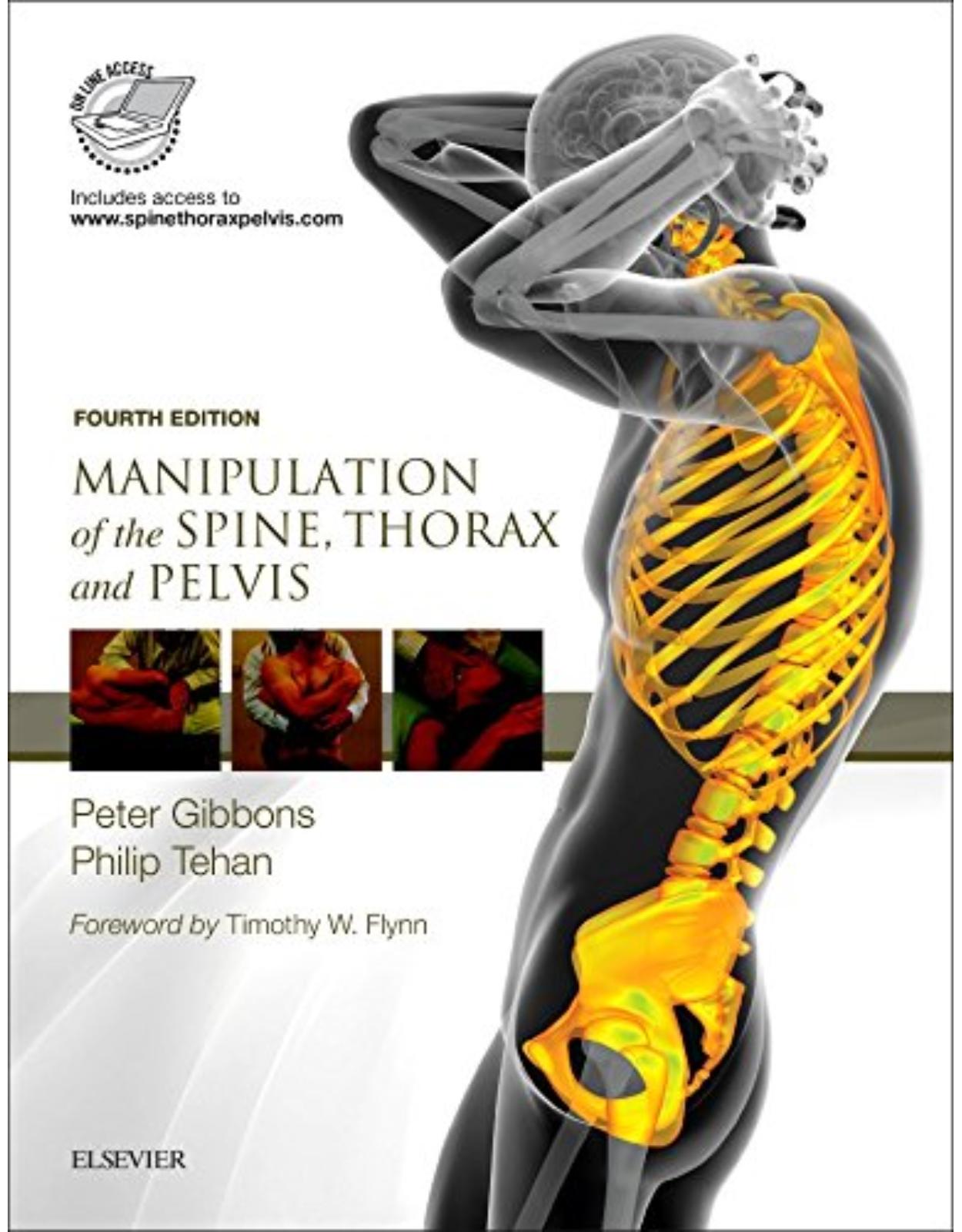

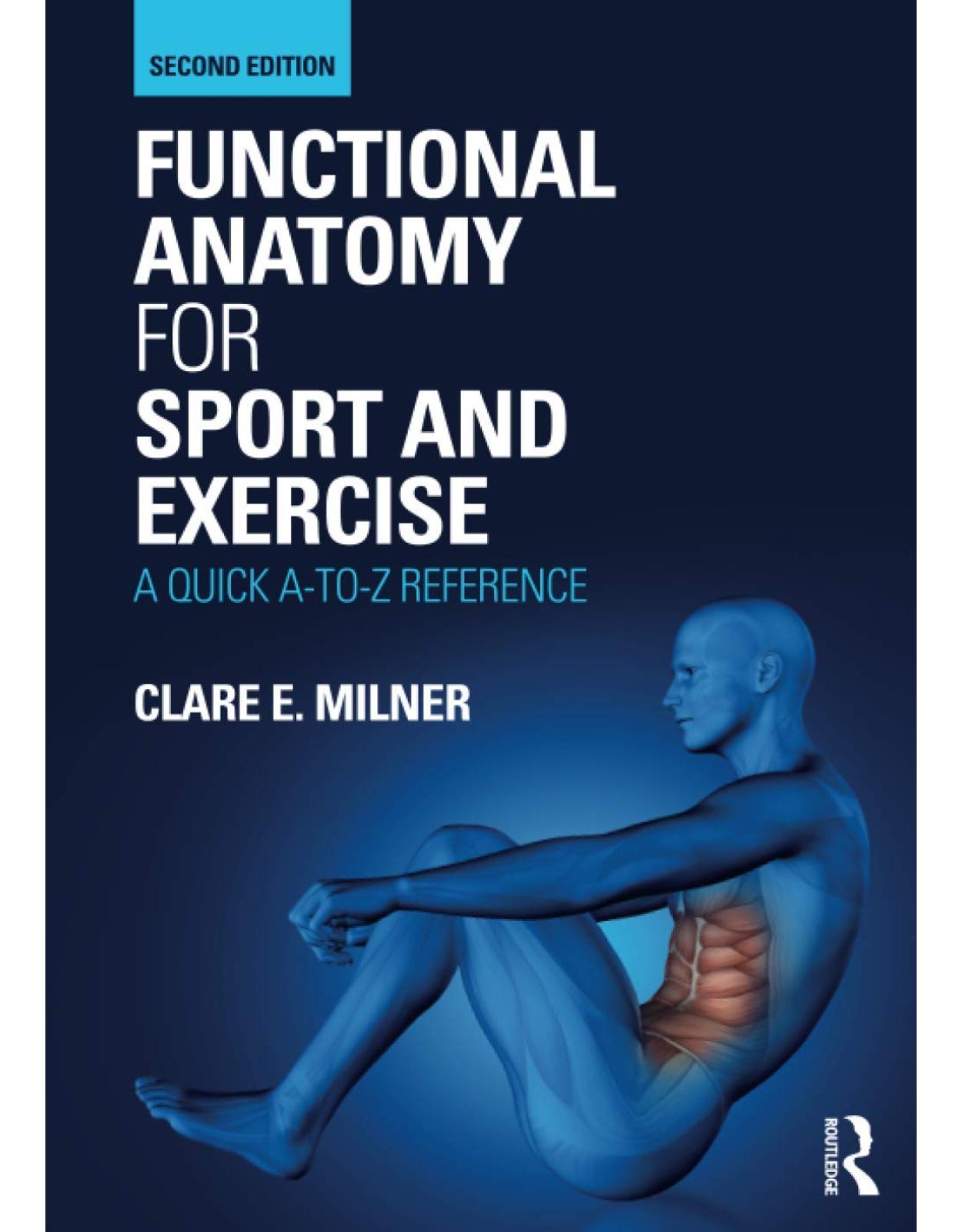
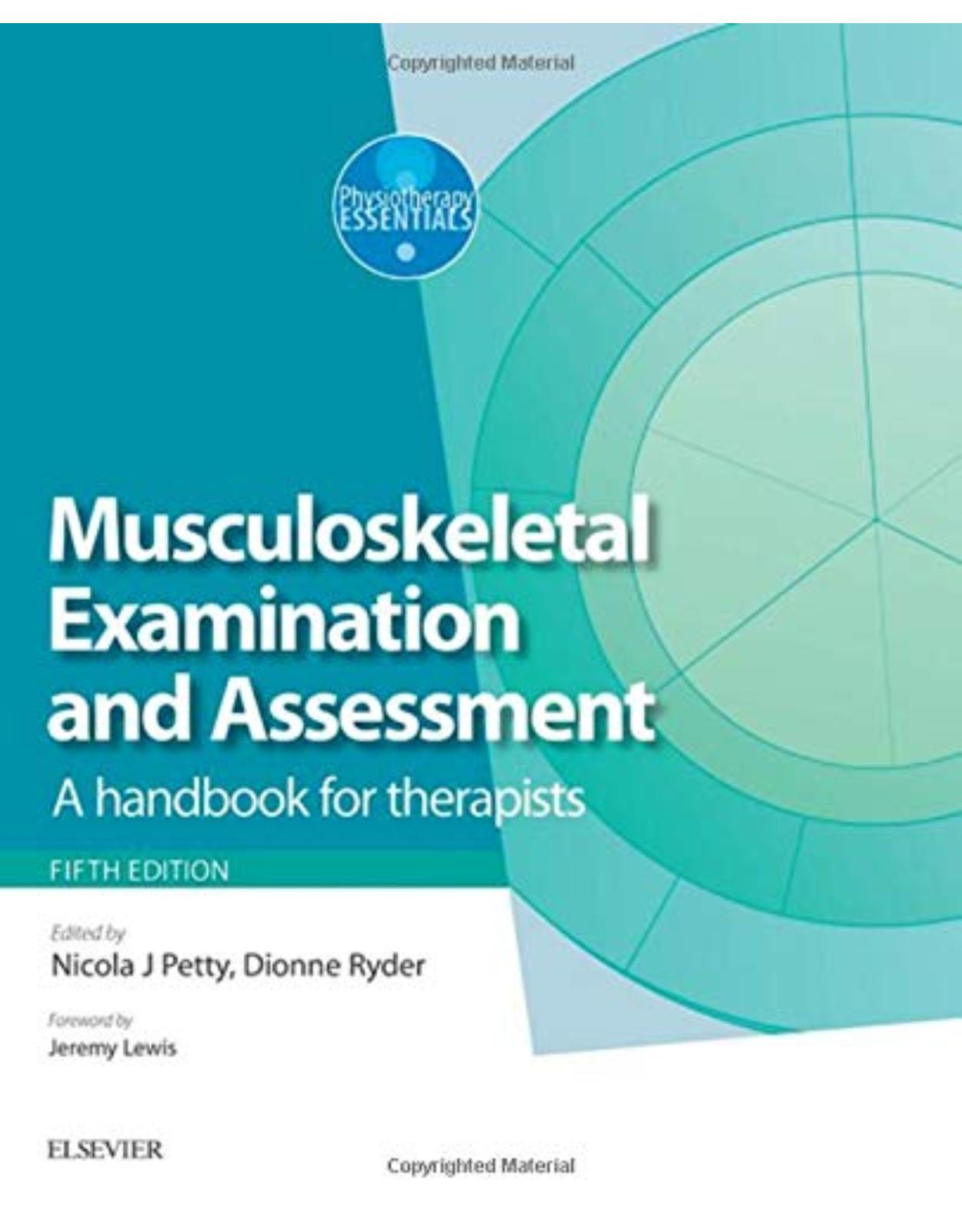
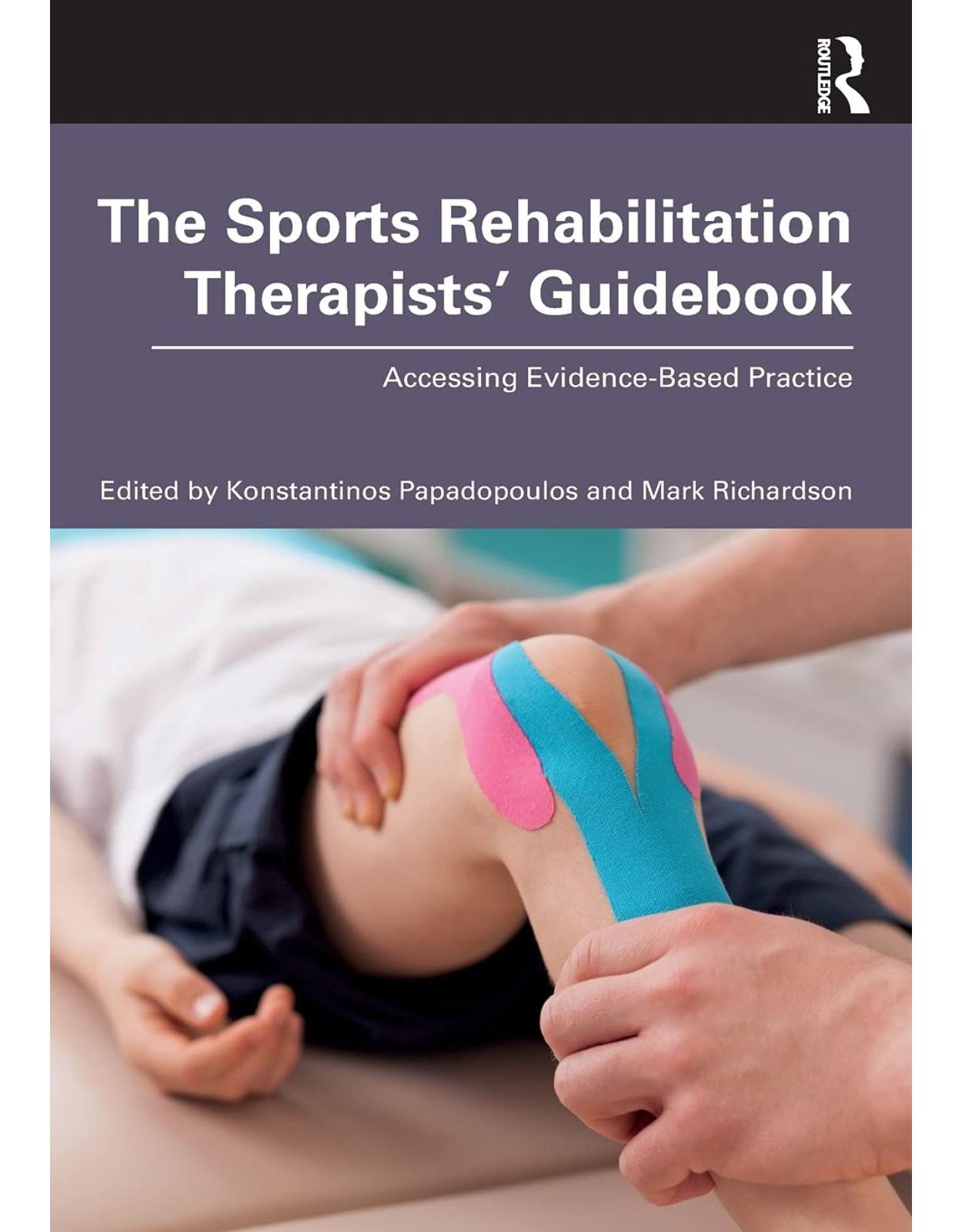
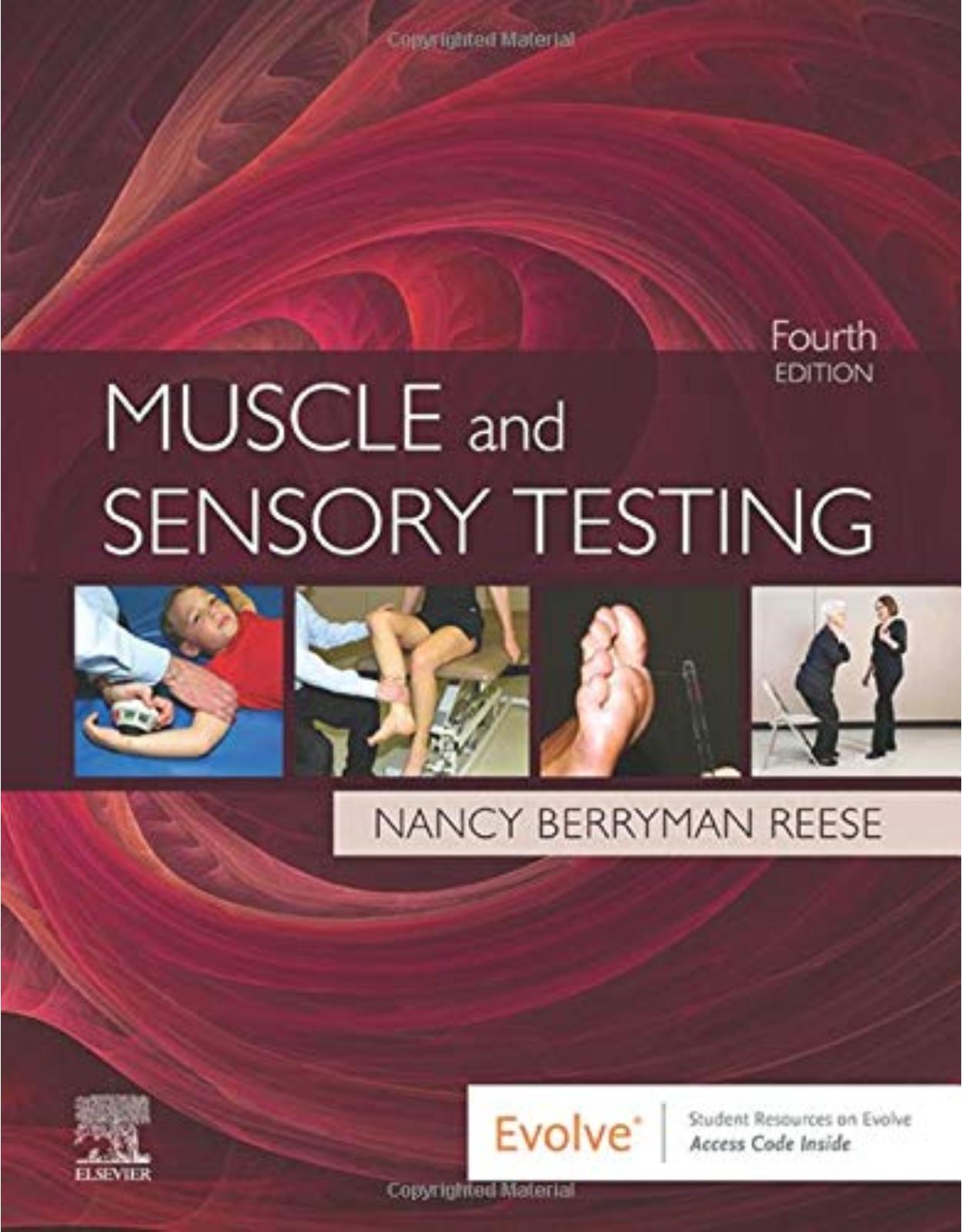
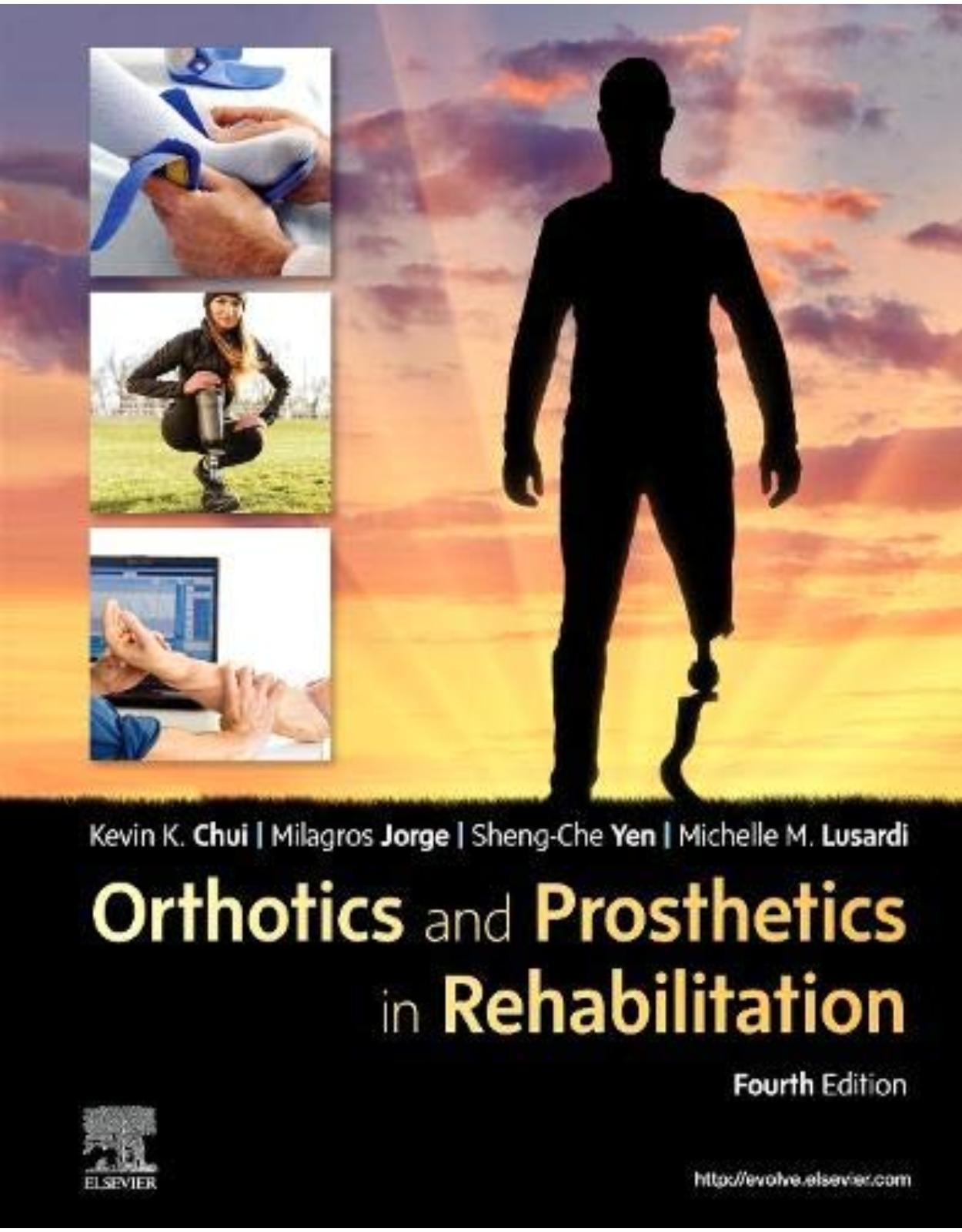
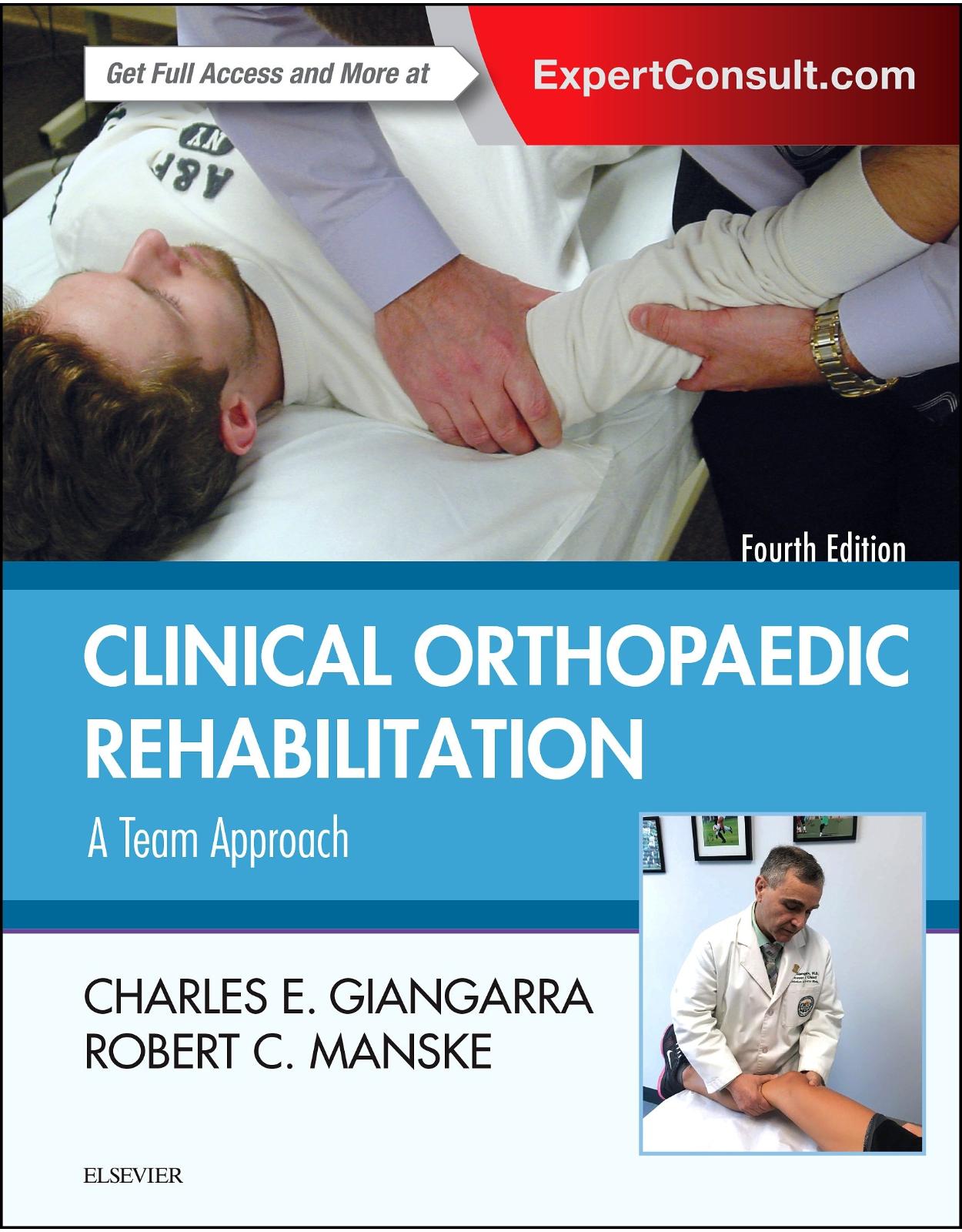
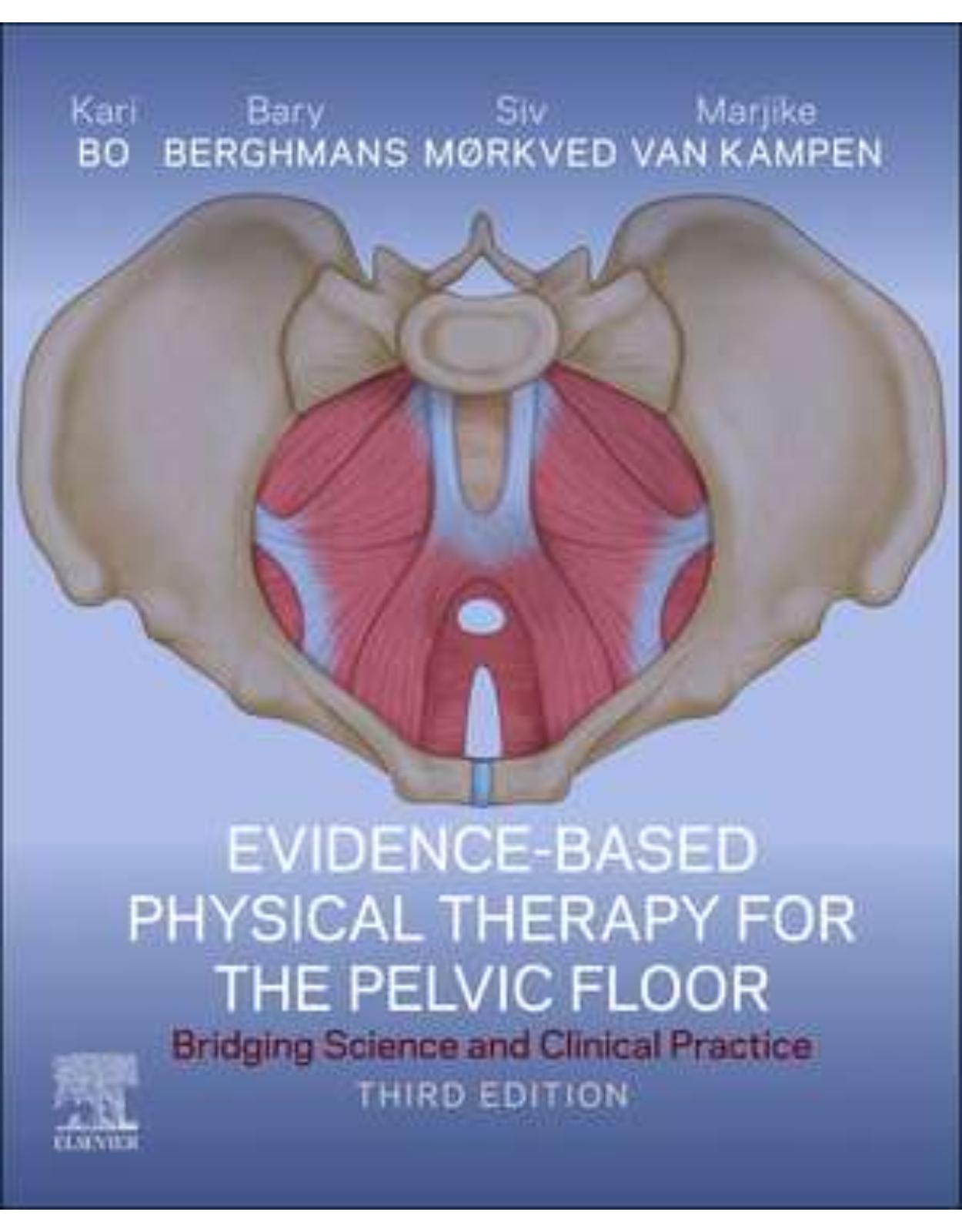
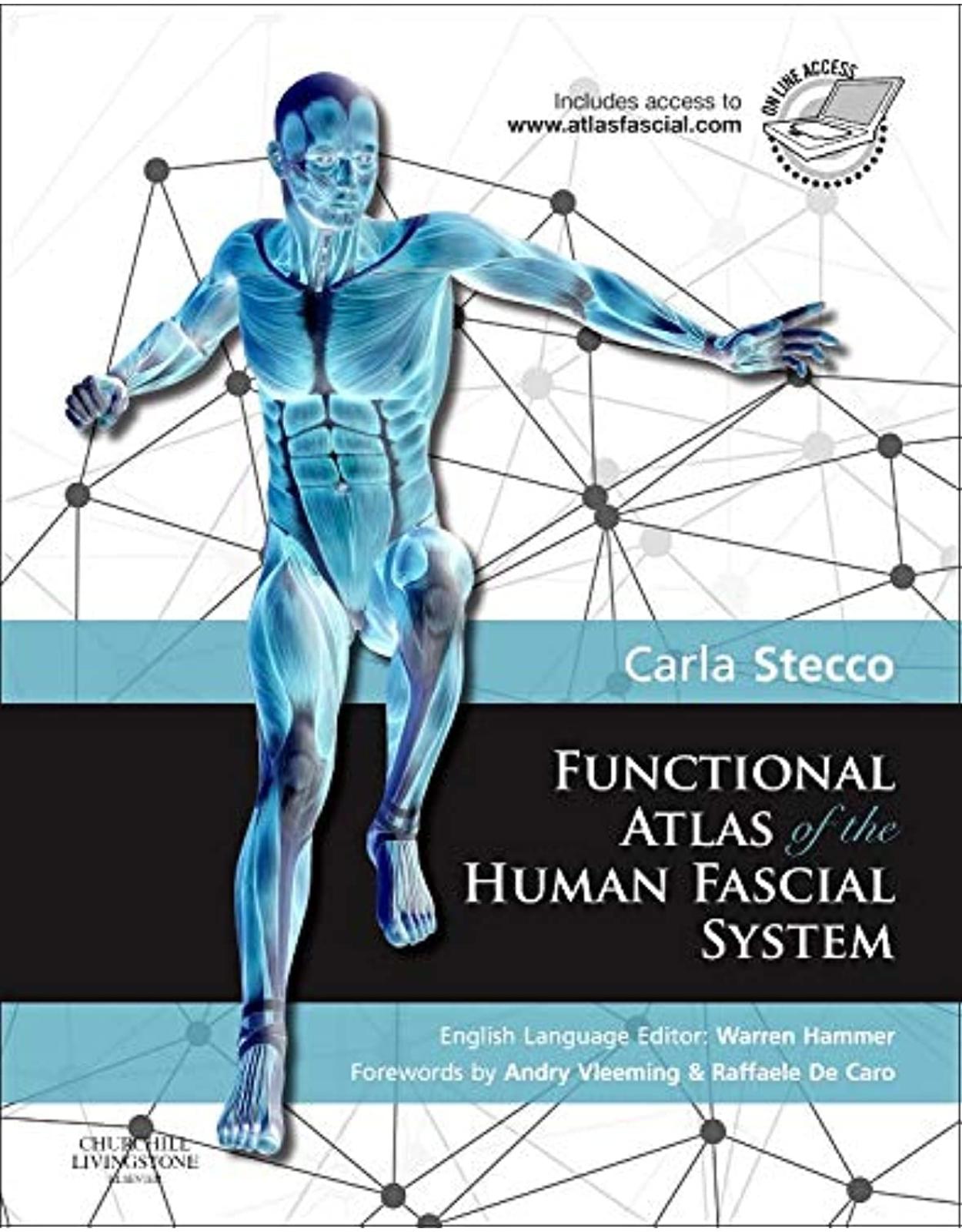


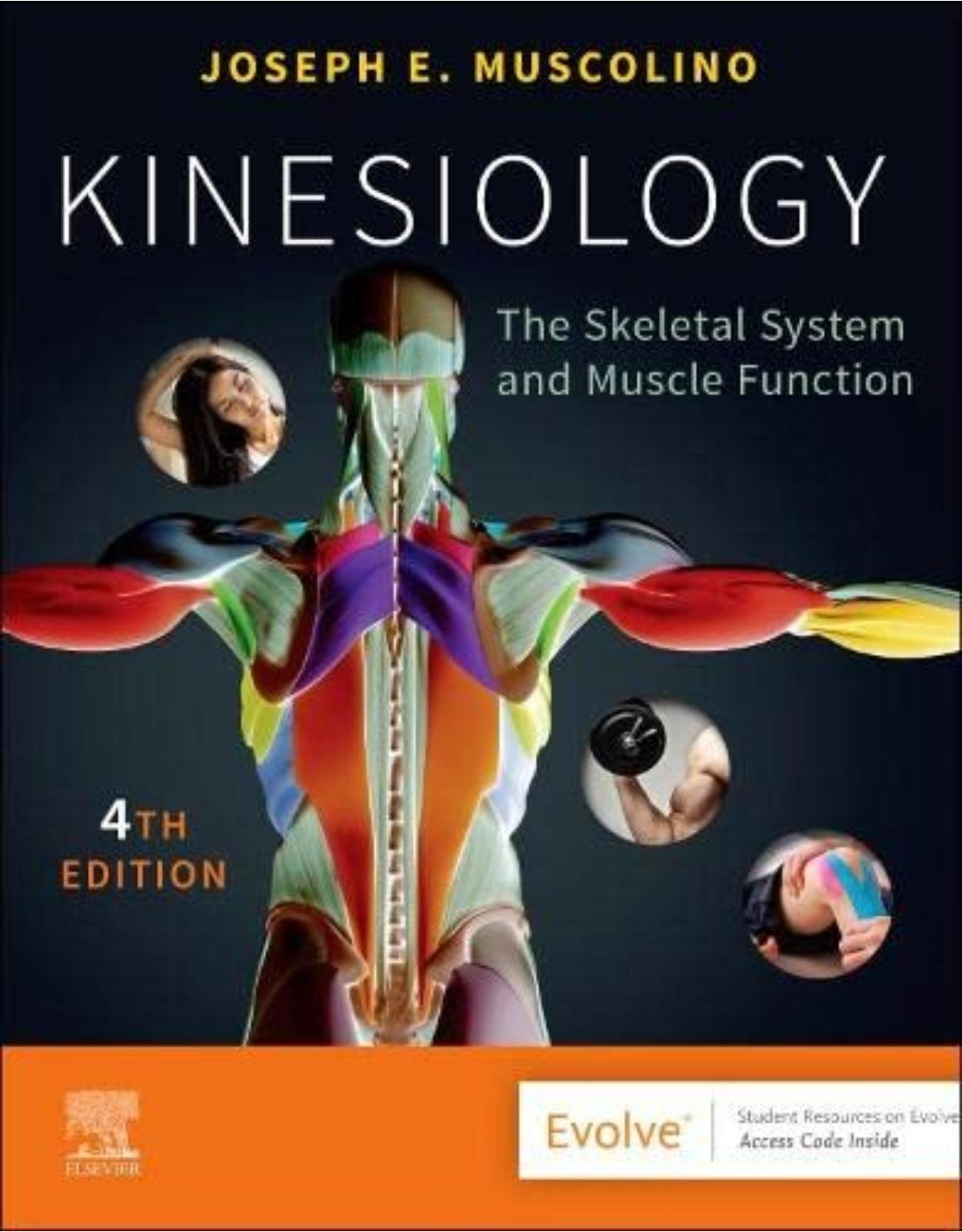
Clientii ebookshop.ro nu au adaugat inca opinii pentru acest produs. Fii primul care adauga o parere, folosind formularul de mai jos.